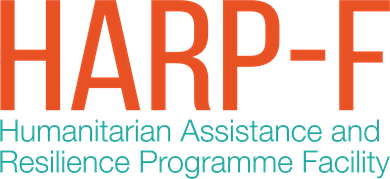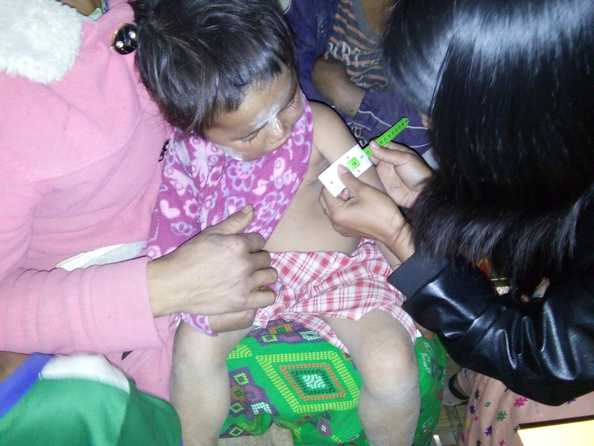Stepping up nutrition assistance in Northern Rakhine
One HARP-F partner has provided food and nutrition support to remote communities in Rakhine since 2018 and has expanded its food security activities to more people in 2020 in response to COVID-19. Recently, it started providing additional nutritional support to pregnant and lactating women to meet the increased needs of these vulnerable communities following the military coup.
Communities in Northern Rakhine State have been facing increased food insecurity since the COVID-19 pandemic, which is thought to have worsened since the military coup. Their dietary diversity has decreased, as households increasingly rely on rice as the main food, according to an analysis conducted in 2020. The 2021 military coup has compounded this situation, with access to available foods even more limited, markets disrupted and cash being restricted.
Our partner provided food distributions to vulnerable households throughout the pandemic. Following the military coup, emergency assistance switched to cash distributions for most households, to ensure distributions could continue, and also food distributions for pregnant and lactating women. The foods distributed to these women were based on locally available and regularly consumed/ preferred foods, to ensure they would be used by the population rather than sold. They also consisted of foods usually side-lined in a household for cost reasons. The foods distributed focused on nutrient-rich varieties, including dried fish and chickpeas, rather than staple foods like rice that are more widely available but which are also not nutrient-dense. The ease of obtaining and delivering the food items was also a factor that was considered.
In addition, our partner distributed home gardening kits with seeds, tools, materials and fertilizer to over 1,300 households in order to set up a community-based food bank. In the context of low food security forecasts, home-gardening activities are a good way to protect these most-vulnerable households from food insecurity, and to mitigate increased food prices, travel restrictions and low market access.
Seven hundred additional households are expected to benefit from this programme in 2021, which targets especially vulnerable members of the community such as women-headed households (1/3 of the households involved), households where the head does not have a source of income, single-parent households and households with people with disabilities, older people and young children. Recently, our partner conducted advocacy work to gain the communities’ understanding and acceptance of why the home-gardening aid is targeted to specific groups, and why certain beneficiaries are not eligible, and conducted over 700 household vulnerability assessments.







